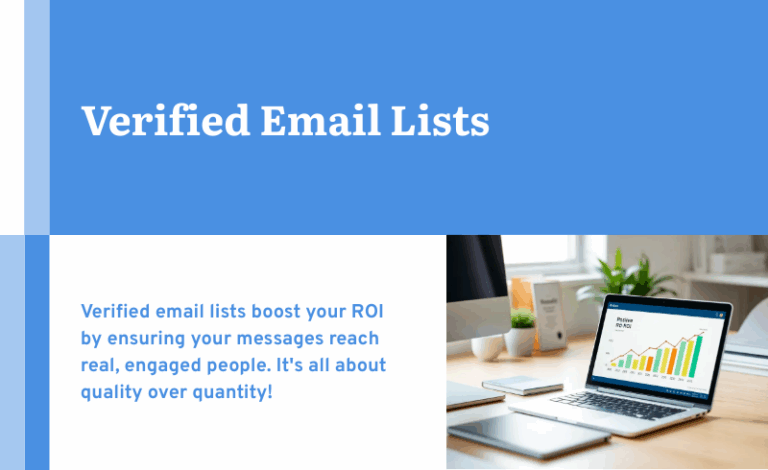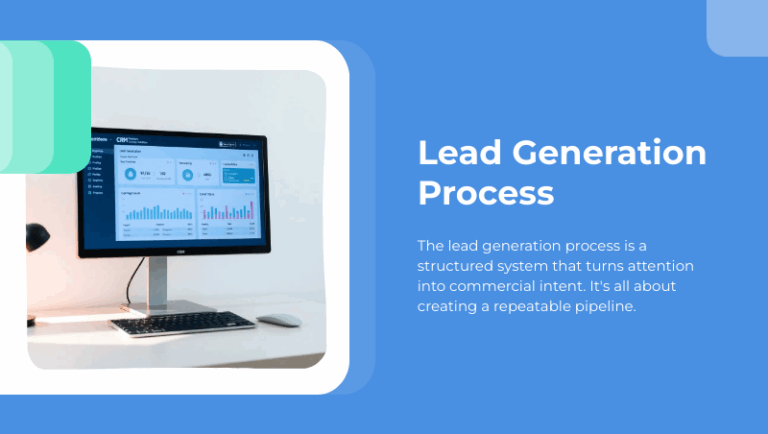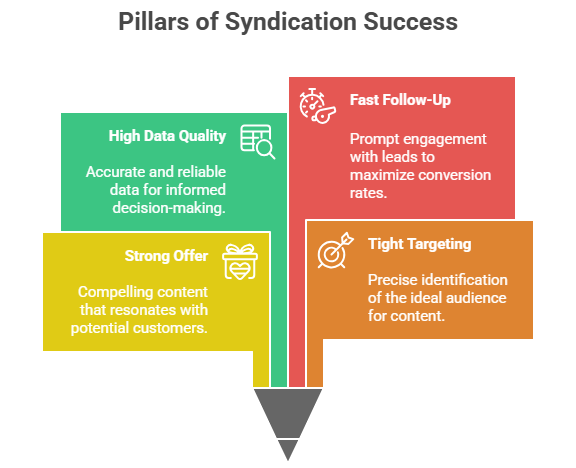Marketing has always been a data-hungry field. The more marketers knew about their audience, the more closely they could tailor their message to their customers’ needs, and that’s still true today. The difference in modern marketing is the sheer volume of data available. Digital marketing in particular is turning a trickle of information into a torrent of data.
With so much information streaming in, how do you make sense of it? How do you translate big data from raw numbers into revenue? It isn’t enough to collect information; you also need to make it meaningful. Here’s how big data translates directly into better marketing.
Prove Your Marketing Concepts
How do you know when your marketing campaign works? The data you collect answers that question and proves the validity of what you’re doing. Without analytics, you’re working in a vacuum. Conversion rates and click-throughs tell you something about a campaign’s success, but the data you acquire with a full marketing automation system paints a far more nuanced picture. With automation, you not only have demographic and firmographic facts about your leads, you also gather behavioral data about them, tracking their trajectory across multiple content channels. You watch campaigns unfold in real time, giving you clear insight into what works and what doesn’t.
Locate Pivot Points
Prospects don’t move smoothly through your sales funnel. They zig-zag through it to find the information they need, bounce from one channel to the next, stop when they reach an area of concern or even bounce out if they encounter too many obstacles. These pivotal points at which potential customers make their buying decisions are hard to spot without a comprehensive view – a view you only acquire with enough information to build a complete picture.
To illustrate how marketing automation uses big data to spot these pivot points and capitalize on them, let’s say you have a white paper available for download. The people who download it have a markedly high conversion rate; almost everyone who downloads eventually buys. This paper is a pivot point, a deciding factor for prospects. Knowing this, you can look at why this download has such an impact and replicate it with subsequent content. That brings up another key element of big data’s value for your marketing strategy: reproductibility.
Repeat Success
A single success – a video that goes viral, for example – is a lightning strike, powerful but temporary. With analytics that guide your marketing strategy and marketing automation software that lets you build campaigns around your prospects’ behavior, you generate your own energy and provide consistent power to move leads through your sales pipeline. The data a single campaign generates then becomes the foundation for the next campaign, building on successes and paring away elements that don’t provide enough of a pay-off.
Predictive Power
Here’s a fascinating experiment on the wisdom of crowds and the value of big data to make predictions. Count a few pounds of jellybeans into a large jar and ask two people how many candies the jar contains. The chance that either will guess correctly is slim. Now ask a few dozen people, add their answers together and divide by the number of people you asked to get an average. That average will be remarkably close to the real number of jellybeans in the jar – usually within 3 percent of the correct answer.
Big data is a tremendously useful tool for making predictions because errors and outliers get smoothed out just as those incorrect guesses about the number of jellybeans disappeared when taking an average. Aggregate views are often closer to a true picture than any individual perspective, and that’s equally true for marketing data.
© Reach Marketing LLC 2015 All Rights Reserved.




